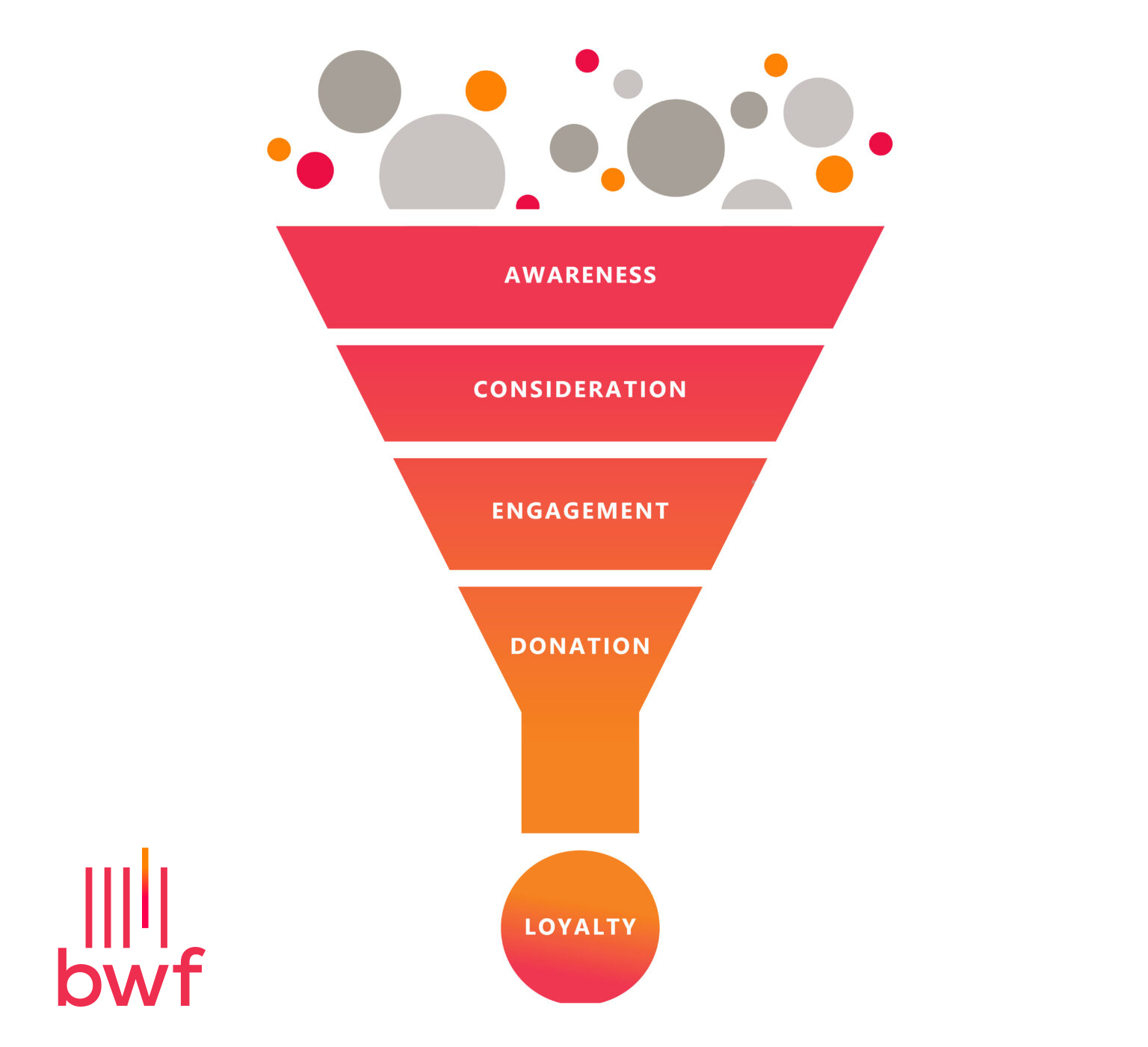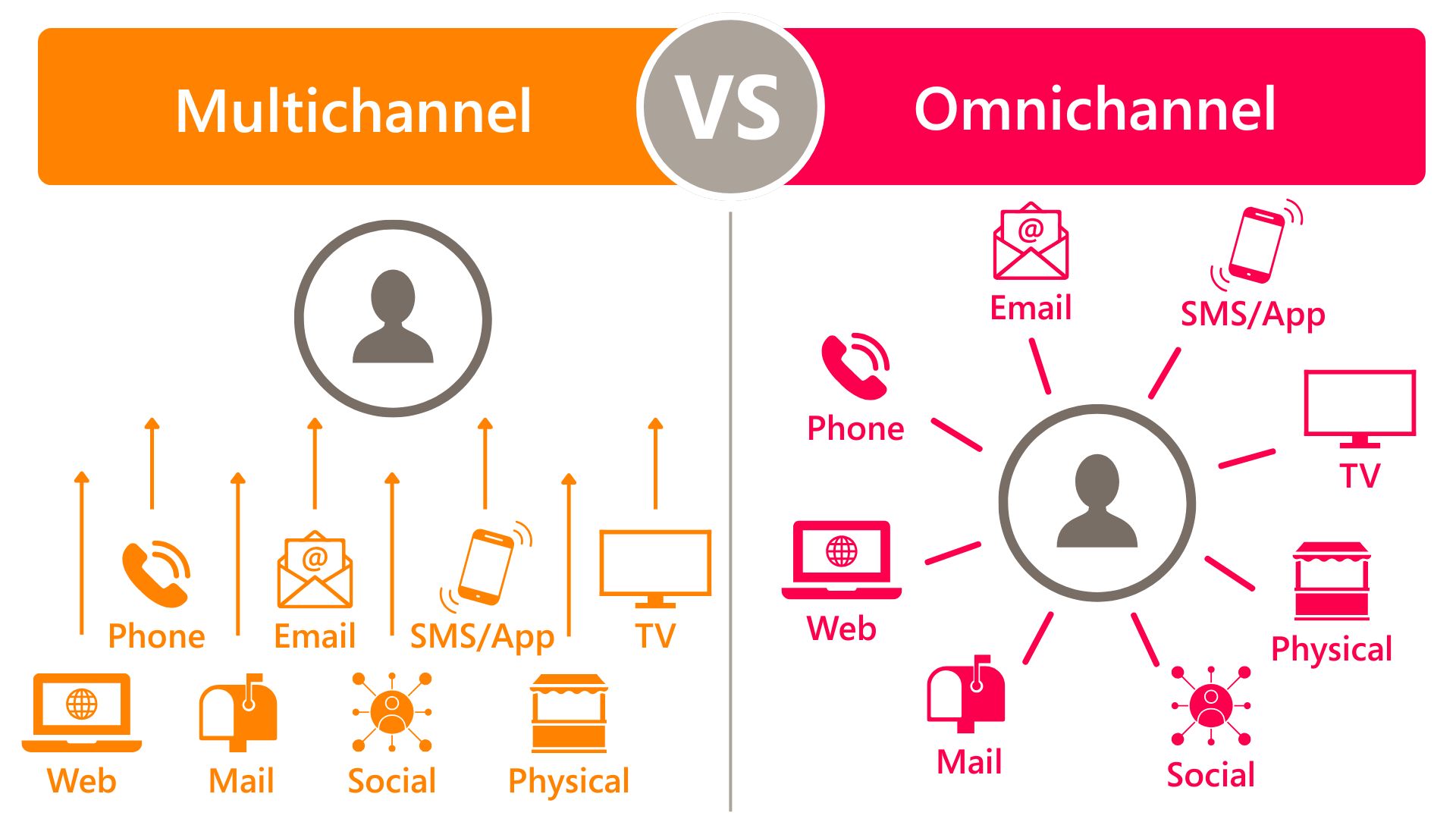Imagine This Real Late Night Scrolling
Some time ago, while mindlessly browsing social media after my kids were in bed, I came across some authentic-looking video content from a cruise line. It was a day-in-the-life–style video that turned out to be part of a daily series produced by Captain Kate McCue of Celebrity Cruises. Of course, this was no coincidence. The content was carefully planned and produced in accordance with a marketing strategy and no doubt supported by a team of expert digital marketers. It didn’t appear to be selling anything, nor was it an ad. But it was showing me what life is like on a cruise ship and absolutely generating interest. They captured my attention with authenticity and very nearly inspired action (I am convinced I will eventually book a cruise).
Engagement and Video in Nonprofits
In the evolving landscape of nonprofit fundraising, it’s never been more important to build deeper connections with your donors. We’ve long been obsessed with the art and science of asking—how to solicit our donors in the most efficient, effective way. But with declining trust in institutions and a constant battle against dwindling donor participation, we need to shift our obsession to meeting donors on the platforms they naturally engage with most often. Today, many organizations are turning to omnichannel strategies for communicating with and connecting with donors to capture attention and inspire action. Of course, asking is absolutely part of the strategy, but there’s more to it than that.
Despite the proliferation of digital platforms and evolving donor expectations, video remains one of the most underutilized tools in nonprofit communications. While data consistently shows high engagement rates with video content, especially on mobile and social platforms, many organizations still lean heavily on text-based appeals or static visuals. Creating video content can deepen engagement and be part of a cohesive and personalized donor experience across multiple channels. Video has the unique capacity to capture emotion, tell compelling stories in compressed timeframes, and convey institutional impact with immediacy and authenticity. Investing in strategic video storytelling can elevate donor engagement, personalize stewardship, and create a lasting impression that static media often cannot achieve. It’s not just about producing content; it’s about producing connection.
Before we dive into the benefits of an engagement–first strategy, let’s look at what “omnichannel fundraising” is and how it differs from the multichannel approach.
What is Omnichannel Fundraising?
Omnichannel fundraising refers to an integrated approach where all communication channels—including video, email, social media, direct mail, events, and text messaging—work together seamlessly. Video plays a vital role in delivering emotionally compelling stories that resonate across platforms, making complex messages more digestible and memorable. This strategy ensures that donors receive consistent messaging and can engage with the organization through their preferred channels, creating a unified and personalized experience.
In contrast, multichannel fundraising involves using multiple channels independently, without integration. While it broadens reach, it often leads to fragmented donor experiences and challenges in tracking engagement across platforms.
The Engagement-First Approach
 At BWF, we typically design our campaigns around a funnel model, with distinct phases to build awareness (top of the funnel), earn engagement, and drive loyalty (bottom of the funnel). It’s all about capturing attention and inspiring action. While nonprofits and fundraisers have traditionally been very good at the middle part (where we ask people to donate), there’s been a lack of focus on the top-of-funnel strategy. For what it’s worth, we also think work needs to be done to drive loyalty at the bottom of the funnel.
At BWF, we typically design our campaigns around a funnel model, with distinct phases to build awareness (top of the funnel), earn engagement, and drive loyalty (bottom of the funnel). It’s all about capturing attention and inspiring action. While nonprofits and fundraisers have traditionally been very good at the middle part (where we ask people to donate), there’s been a lack of focus on the top-of-funnel strategy. For what it’s worth, we also think work needs to be done to drive loyalty at the bottom of the funnel.
The Engagement-First Approach, which is about refocusing our priorities and process, involves:
- Paying more attention to the top of the fundraising funnel: raising awareness for philanthropic need and finding meaningful ways to connect with donors.
- Forgoing short-term ROI in favor of deeper engagement, resulting in more meaningful philanthropy in the long term.
- Acknowledging (and responding to) the many forms of engagement and the non-linear donor journey.
Why Video Works
Remember Captain Kate from the scenario at the beginning of this piece? Her videos are similar to the strategy we’ve been executing with George Washington University and other clients for the past three years. We manage a team of student content creators who use video to capture attention and inspire action. Videos are shared via paid social media campaigns and email marketing, and the very same students making the videos also conduct 1:1 outreach in the Donor Engagement Center. This is all part of a broader omnichannel strategy at GW and the results have been impressive—first, a 5% increase in donor participation and then a 9% increase the following year.
In the past year we have helped clients—from College of the Holy Cross to George Mason University—to incorporate more and more video into their campaigns.
Video works for a variety of reasons:
- Delivers Emotional Impact: You can show—rather than just tell—the real-world impact of donor support.
- Results in Higher Engagement Rates: Video content consistently outperforms other formats on digital platforms due to its ability to capture attention, convey information more effectively, and foster deeper engagement.
- Simplifies Complex Ideas: Nonprofits often tackle big, complicated issues. Video helps break those down in an accessible, visual format, making it easier for donors to understand the problem and see how their support can make a difference.
- Improves Awareness and Recall: People retain 95% of a message when they watch it in a video, compared to just 10% when reading it in text. That makes video a strong tool for keeping your mission top of mind.
- Builds Trust and Authenticity: Donors are more likely to give when they feel a personal connection to your work. Video helps convey authenticity, whether it’s a quick, unpolished thank-you message from a staff member or a behind-the-scenes look at your programs in action.
Adding More Video to Your Omnichannel Fundraising Campaign
Effective, engaging video doesn’t have to be highly produced. When organizations used to budget one or two videos per year, they tended to be expensive and complicated projects. Donor expectations have evolved, and organizations now need to find ways to produce a higher volume of quality, not necessarily costly, content.
But it doesn’t have to be complicated.
We have consistently found that simple, quality video performs well. Use your biggest fans—students, donors, ambassadors, and others who are enthusiastic advocates of your mission—to tell your stories in an authentic way. Don’t make it all about asking for a gift. There’s a time and place for that; don’t worry! Instead, focus on capturing attention and inspiring action and your investment in video will generate some serious ROI.





